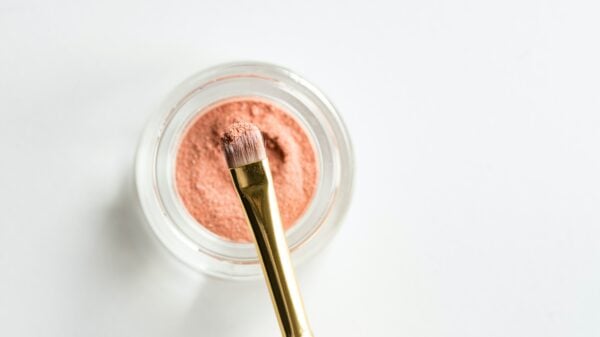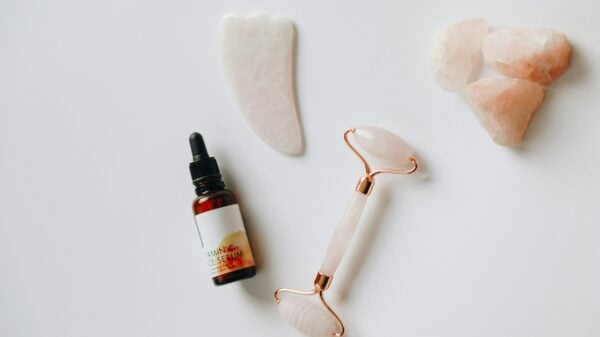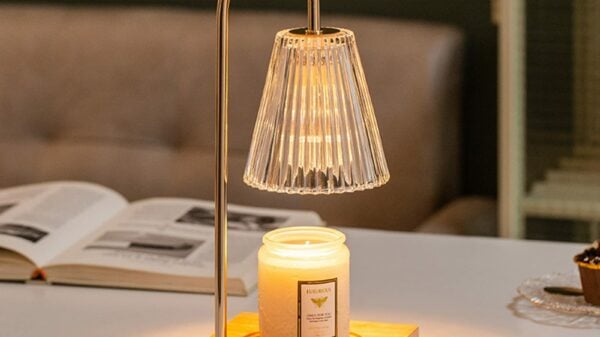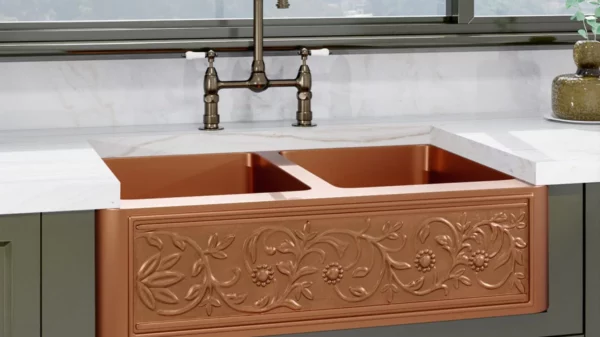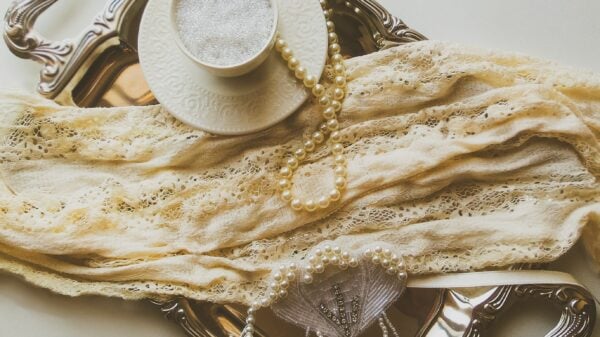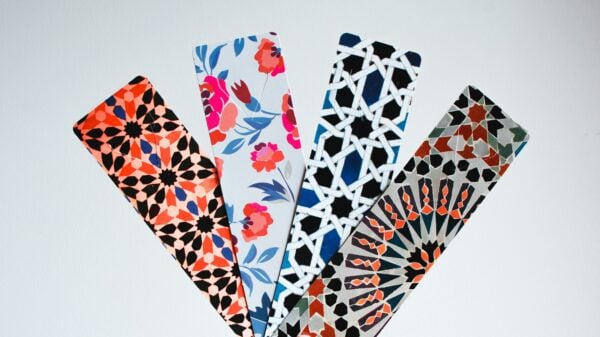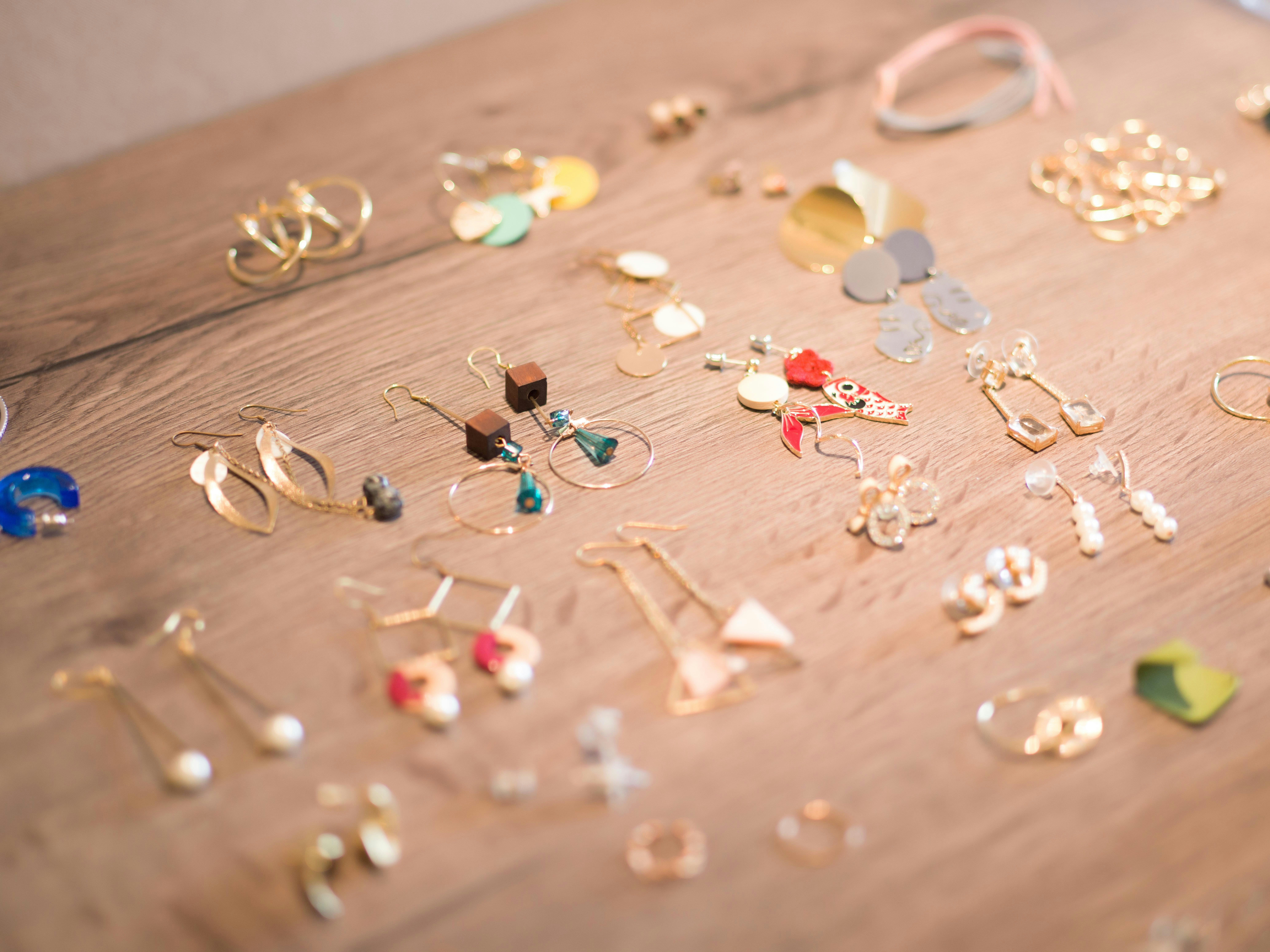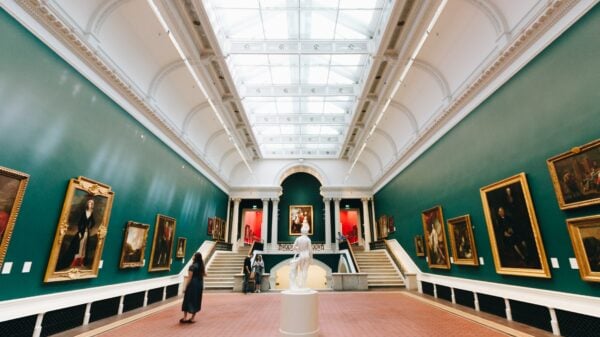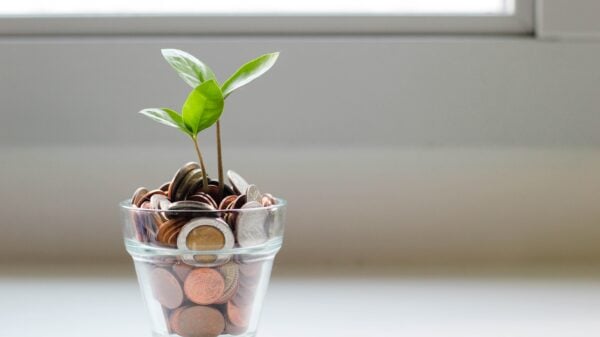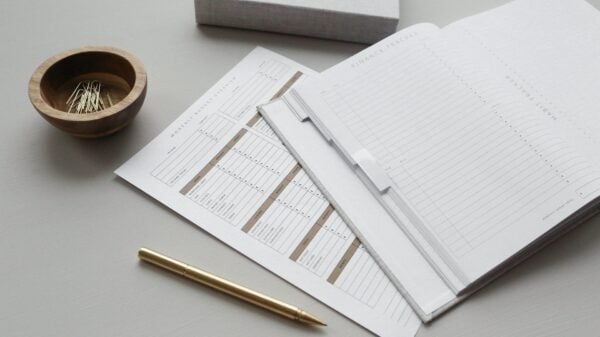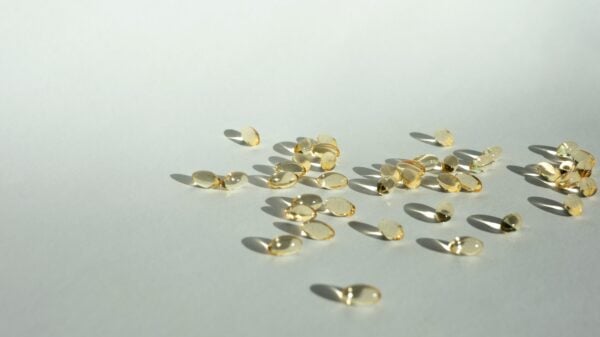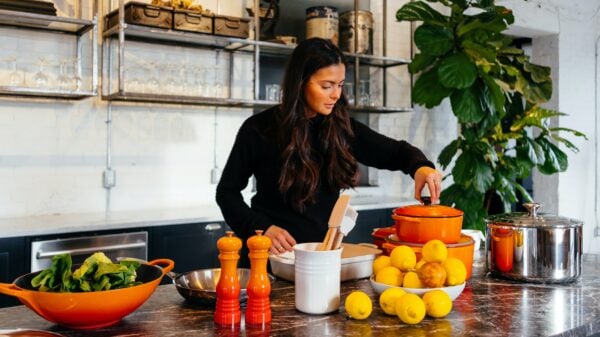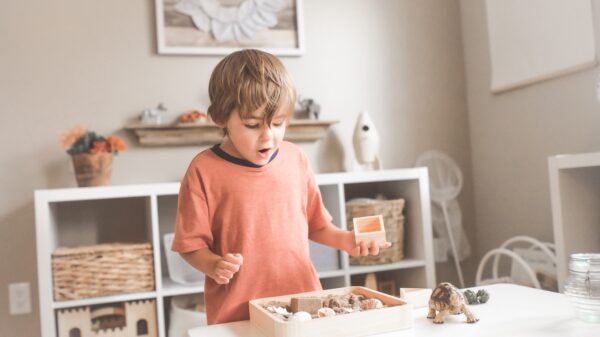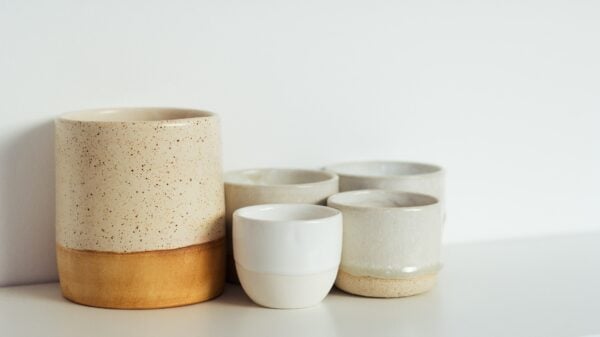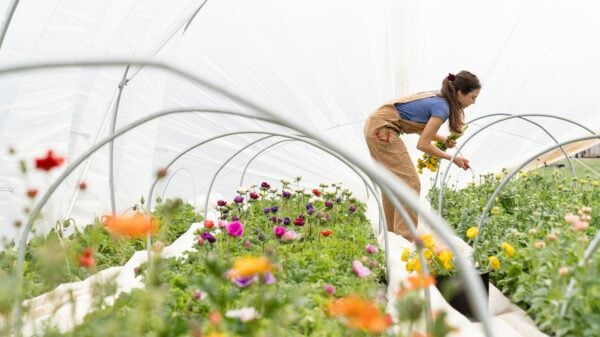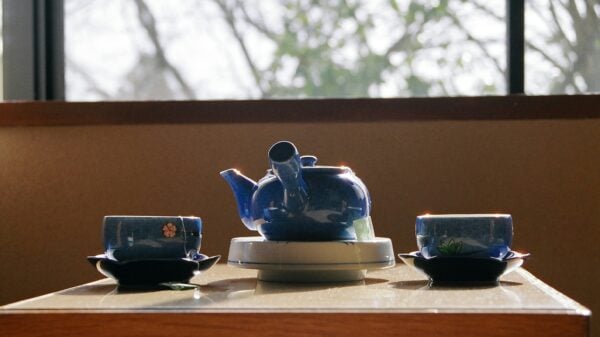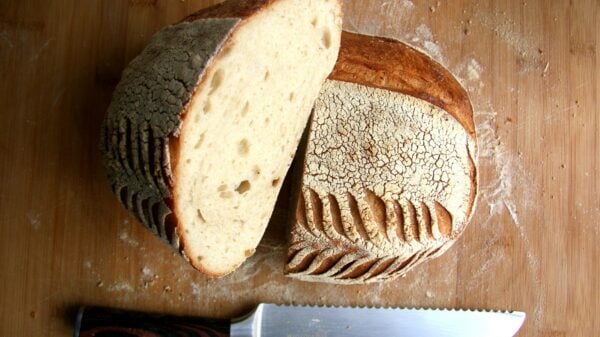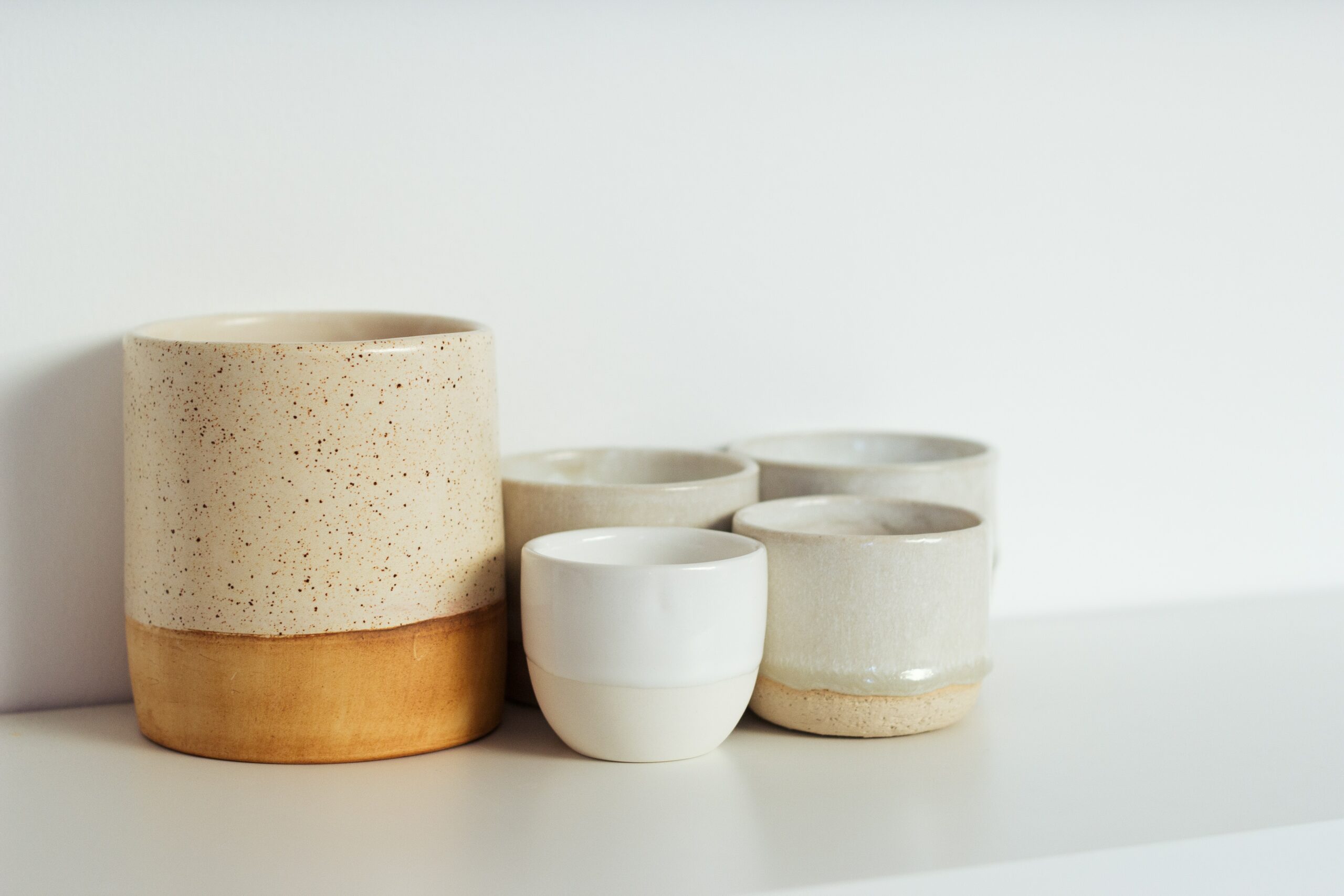You want your home to feel both cozy and stylish. Ceramics have been a part of human culture for thousands of years, combining art with everyday use. Our guide will show you how to create functional ceramic pieces that bring beauty and utility to your space.
Let’s mold some magic!
Functional Ceramics: Crafting Beautiful and Practical Pieces
Ceramics are both beautiful and practical, serving as decorative pieces and functional tableware. The history, evolution, and modern-day uses of ceramics will be explored in this section.
Definition of ceramics and its properties
Ceramics are materials made by shaping and heating clay. This process makes them hard and strong. They do not let water pass through and can stand heat without melting or burning. Many types of ceramics are like glass because they shine and break if dropped.
People make lots of things from ceramics, like dishes, vases, and art pieces. These items last a long time because ceramic is tough. It also does not rust or change color when it touches food or water.
This is why many artists choose to work with ceramics to create beautiful and practical things for everyday life.
History of ceramics and its evolution
Ceramics hold a rich history dating back thousands of years. It began with functional pottery and expanded to include decorative and sculptural ceramics. People initially shaped clay by hand, later using pottery wheels for precision.
Over time, ceramic artistry evolved into a craft, producing practical tableware and decorative pieces.
The evolution of ceramics reflects cultural diversity and technological advancements, creating an array of handcrafted designs that remain relevant today. From ancient earthenware to modern porcelain, the evolution of ceramics showcases the enduring appeal of this timeless craft.
Modern-day uses and techniques
In modern times, ceramics are not just limited to decorative pieces. They are also used for practical purposes like creating durable tableware, cookware, and even building materials.
With advancements in technology, new techniques such as slip casting and 3D printing have revolutionized ceramic craftsmanship, allowing for more intricate designs and precise production of functional ceramics.
Today, handcrafted ceramics have gained popularity for their unique beauty and individuality. Artists and designers are incorporating traditional shaping techniques with contemporary design to produce one-of-a-kind ceramic products that blend practicality with artistic expression.
Tips for Learning Ceramics and Creating Functional Pieces
Discover the different types of ceramic materials and common projects that you can start with to hone your craft. Check out valuable resources for learning and creating beautiful, practical ceramic pieces.
Types of ceramic materials
Clay, porcelain, and stoneware are common types of ceramic materials used for crafting functional and decorative pieces. Each material has unique properties that affect its appearance and durability.
Clay is versatile and easy to shape, making it suitable for handbuilding and sculpting. Porcelain is known for its delicate appearance and translucency, often used in creating elegant tableware.
Stoneware is durable and practical, ideal for crafting items like mugs and bowls that can withstand everyday use without easily chipping or breaking.
Common projects and techniques
Crafting decorative ceramics can be an enjoyable and rewarding experience. You can start with simple projects like making ceramic tableware or designing functional pieces such as trays or vases.
Additionally, exploring various clay shaping techniques can enhance your skills in creating unique ceramic sculptures. Experimenting with different ceramic materials will also broaden your understanding of this craft.
Exploring resources for learning and creating ceramic pieces is crucial for honing your skills and unleashing your creativity. You can find online tutorials, join local pottery classes, or visit art studios to gain inspiration and guidance in mastering the art of practical ceramics.
Resources for learning and creating ceramic pieces
After mastering common projects and techniques, finding the right resources will help you expand your ceramic design skills. Consider joining local pottery classes to learn from experienced artists while getting hands-on experience with clay craft.
Additionally, explore online tutorials and workshops that offer step-by-step guidance on creating functional ceramic pieces. Visiting ceramic art exhibitions can also provide inspiration and insight into different techniques used by ceramic designers.
Invest in quality ceramic materials such as stoneware or porcelain to elevate your designs. Utilize specialized tools like pottery wheels, kilns, and glazing equipment for professional results in your creations.







